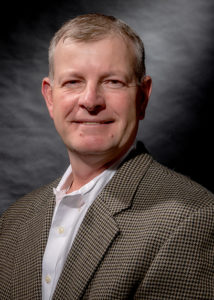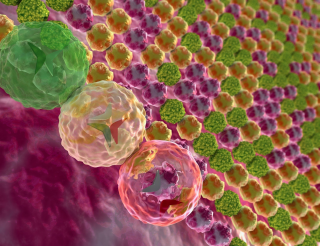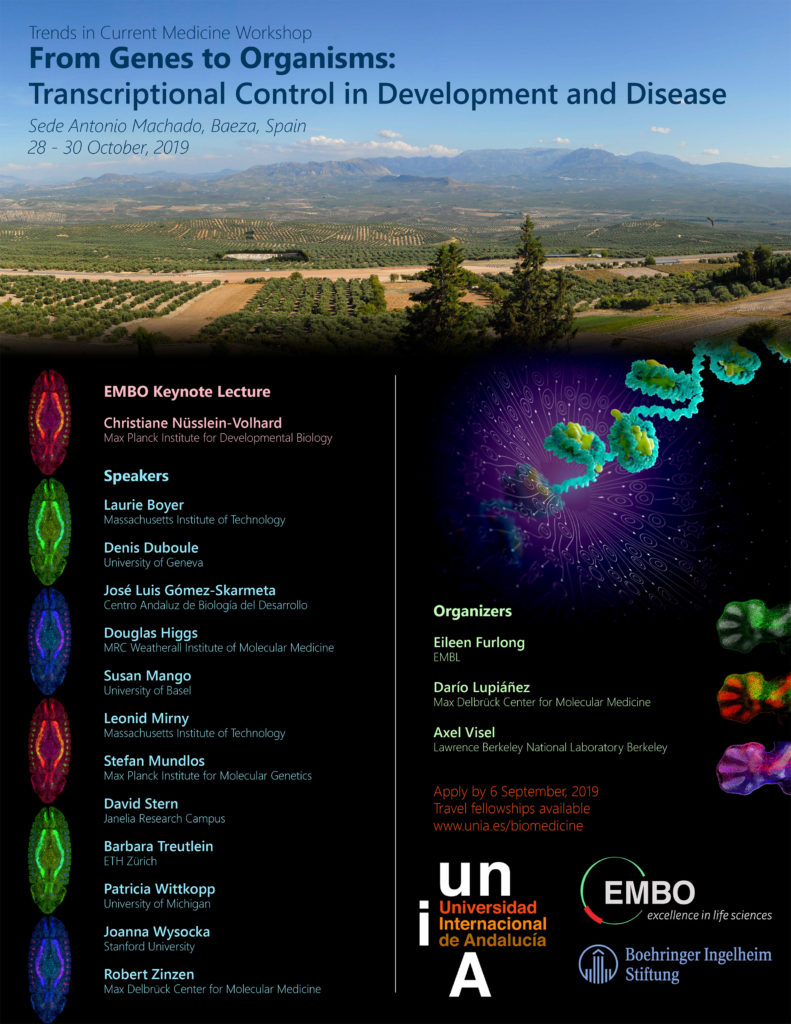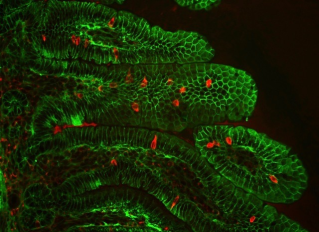July 2025
Hidden Enhancers
July 2025
A Range Extender for Enhancers
June 2025
Cracking the Genome’s Switchboard: How AI Helps Decode Gene Regulation
June 2025
Exploring the Functional Anatomy of Enhancers
January 2025
New ENCODE Preprint
December 2024
Gene-Enhancer Interactions in Mouse Embryonic Tissues
December 2024
A Small Enhancer for a Giant Gene
August 2024
Successful Poster Presentation by Tonana Ben

Our summer intern from the Arizona State University-Berkeley Lab STEM Pathways program, Tonana Ben, successfully presented her poster at the WD&E poster session.
December 2021
New Mouse Methods Paper
November 2021
Ultraconserved Elements – New Review Published
For details, see the tweetorial:
November 2020
Len Pennacchio Named AAAS Fellow

Len Pennacchio was one of nine Berkeley Lab scientists named fellows of the American Association for the Advancement of Science. This lifetime honor recognizes scientists, engineers, and innovators for their distinguished achievements in research and other disciplines toward science advancement. Read more
August 2020
Interpreting the Human Genome’s Instruction Manual

Berkeley Lab bioscientists are part of a nationwide research project, called ENCODE, which has generated a detailed atlas of the molecular elements that regulate our genes. This enormous resource will help all human biology research moving forward. Read more
October 2019
Transcriptional Control in Development and Disease Workshop
Axel will be co-organizing this workshop in Baeza, Spain

Download poster here – Register here
July 2019
Cause of Deadly Digestive Disease in Children Revealed

Nearly ten years ago, Lab geneticist Len Pennacchio was asked to help solve the mystery of a rare inherited disease that caused extreme, and sometimes fatal, chronic diarrhea in children. Following an arduous investigative odyssey, a genetic explanation for the disease has been discovered. Read more
October 2016
What a Legless Mouse Tells Us About Snake Evolution

Engineering animals with CRISPR can help biologists to understand the genes behind some of evolution’s most dramatic changes. – News article by Ed Yong in the Atlantic, featuring our latest paper on evolution of limb enhancers in snakes. Read the full Atlantic article here.
October 2013
Faces are sculpted by ‘junk DNA’

Researchers have started to figure out how DNA fine-tunes faces. In experiments on mice, they have identified thousands of regions in the genome that act like dimmer switches for the many genes that code for facial features, such as the shape of the skull or size of the nose. – News article in The Guardian about our latest paper on craniofacial enhancers. Read the full Guardian article or the original paper. Or just watch the 3 minute video summary.
